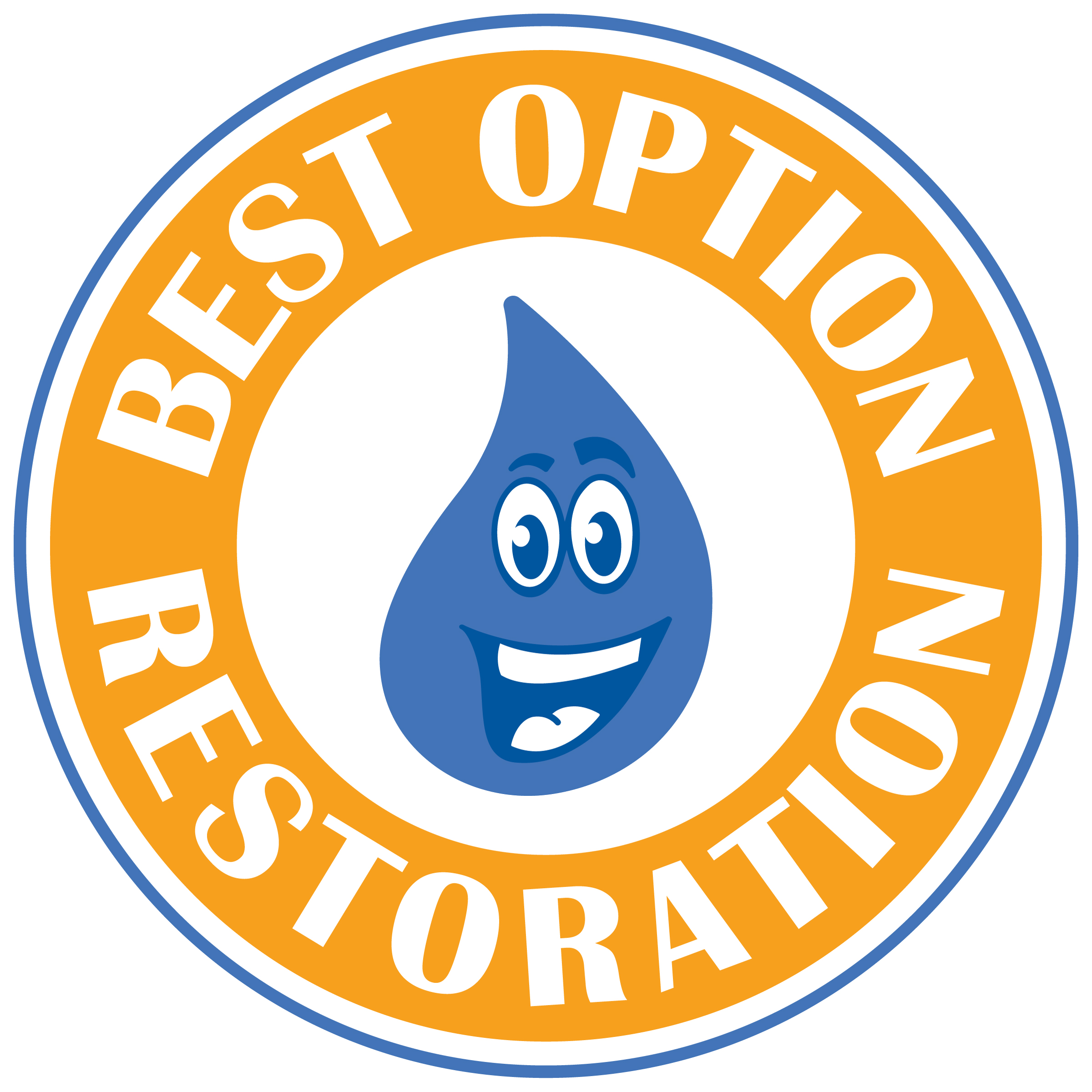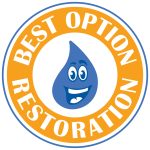As environmental awareness becomes more relevant in every industry, the restoration world is shifting too. Repairs after water, fire, or mold damage no longer just focus on speed. More experts—and homeowners—want to reduce the environmental impact of these projects. Sustainable restoration goes beyond just using less water or recycling. It revolves around a long-term approach that prioritizes non-toxic products, efficient methods, and reduced carbon output. With growing climate unpredictability, homes and buildings are frequently impacted by natural disasters, making environmentally conscious repairs all the more necessary. The good news is today’s green practices bring lasting performance as well as peace of mind.
What is Sustainable Restoration
Sustainable restoration involves rebuilding and repairing properties in a way that reduces harm to the environment during and after the process. Traditional methods typically focus on immediate outcomes without accounting for long-term environmental effects. Eco-friendly disaster repair, by contrast, incorporates sustainable materials, minimizes waste, uses energy-efficient tools, and supports healthier indoor air quality. The goal is to return spaces to a clean, functional state while using fewer resources and supporting long-term ecological health.
For example, instead of gutting an entire mold-damaged room and sending all debris to a landfill, eco-minded professionals assess which materials can be safely decontaminated and reused. This reduces waste, preserves the integrity of original construction, and leads to savings. In fire damage cleanup, using HEPA filters, low-emission equipment, and bio-based cleaners improves air quality and cuts down on volatile compounds.
Eco-Friendly Cleanup After Water Damage
Water damage brings a high risk of mold and structure deterioration, and cleanup usually requires large volumes of water and energy use. A sustainable approach focuses on moisture control through precision instead of overuse. High-efficiency dehumidifiers with smart sensors are preferred. These devices use less electricity while achieving better drying outcomes. Infrared cameras help spot hidden moisture, preventing wasteful demolition of dry areas.
Absorbents and drying cloths made from plant fibers instead of synthetic microfiber matter too. In cleanup chemicals, switching from bleach and harsh solvents to biodegradable antimicrobial solutions protects waterways once these products enter the drain system. Flooring, drywall, or insulation replacement can rely on recycled-content items or materials that will be recyclable again later.
Wood flooring often warps beyond saving in floods, but engineered wood from renewable sources or bamboo-based planks makes a responsible alternative. Even the use of low-VOC paints during restoration promotes healthier recovery for both the people and the building structure.
Sustainable Fire Damage Repair
Fires leave a deep imprint—heat, soot, and contaminated air particles all spread through every room. Traditional fire damage responses focus on heavy scrubbing and full removal of affected items. Green fire restoration takes a more measured and health-centered route. Air purification becomes a top priority. Instead of mask-heavy chemicals, technicians now use ozone-free purifiers and activated carbon filters to cleanse the air of volatile organic compounds left behind by smoke.
Damaged furniture can often be restored using non-toxic cleaners or refinishing oils containing natural ingredients. Fabrics and upholstery may be treated with plant-based solutions that are effective without endangering pets or children. Fire-specific coatings that reduce flame spread for future incidents may also contain fewer synthetic chemical compounds now, showing how safety and environmental care can go hand-in-hand.
Energy-efficient lighting and insulation may be added during repairs as well. This creates long-term savings for the property owner while reducing strain on local energy resources. Instead of replacing everything with the same materials, fire damage moments provide a unique opportunity to apply new green strategies.
Green Choices in Mold Remediation
Mold thrives anywhere moisture accumulates for too long. Walls, ceilings, and crawl spaces are common hosts. Remediation often involves ripping out insulation, wallboard, and wiring, then rebuilding. Sustainable restoration slows this cycle by first investigating the full source of moisture, treating only where necessary, and sealing leaks at their origin.
For detection, tools like particle counters, borescopes, and digital air monitors offer precise data, minimizing over-removal. In cleanup, enzyme-based mold removers provide an eco-supported choice. These natural digestive enzymes break down mold colonies without shock-chemicals. Protective coatings made from minerals or citrus oils may replace chlorine-based sealers to stop regrowth.
Many sustainable insulation options now resist mold, like sheep wool or cellulose treated with borates. These choices perform thermally while still discouraging microbial activity. Recycled glass insulation also stands out due to its moisture resistance and fire safety, all while using post-consumer waste streams as a source material.
Energy Reduction in Restoration Practices
Power usage often spikes during restoration efforts. Fans, pumps, air movers, lighting and more stay active long hours. Staying eco-aware means reducing this energy draw. Equipment selections now lean toward Energy-Star-rated units offering better electricity efficiency. Solar-powered temporary lighting units are another advancement, particularly useful in large-scale post-storm recoveries. Battery technology improvements have also enabled rechargeable units that cut fuel and generator use on recovery sites.
Scheduling equipment usage in staged rounds rather than simultaneous long-term blasts also lowers energy draw significantly. These rotational setups remain just as effective in dry-out timelines while avoiding the “plug everything in at once” tendency. For homeowners conducting small-scale cleanup on their own, using well-ventilated natural drying before mechanically powering interventions prevents wasted costs and power.
Non-Toxic Materials in Structural Repairs
Structure rebuilding after disaster presents choices that can either sustain or tax the environment. Using products with high toxicity or low recyclability lessens long-term home health. Luckily, the range of safer and sustainable building options has grown sharply. Resilient lumber treated with natural oils instead of heavy fungicides keeps indoor spaces safer. Low-VOC adhesives and caulks reduce airborne irritants during and after construction.
Finish materials—from flooring to tile grout—can often be selected in recycled or responsibly sourced formats. Cork and bamboo flooring add durability with minimal ecological stress. Countertops made from recycled glass not only resist burn and water damage but also reuse discarded materials otherwise headed to landfill. Clay-based plaster and paints lend traditional protection along with natural breathability and reduced synthetic exposure.
Roof and gutter replacements following hail or wildfire can rely on metal roofing sourced from recycled aluminum or steel. These options last decades longer and reflect heat better, reducing cooling load during summer restoration months.
Waste Management Strategies On-Site
Waste output during a restoration project can quickly fill multiple dumpsters with drywall, insulation, flooring and more. Conscious on-site planning helps reduce this load. Sorting waste during disposal allows materials like metal, brick, and unpainted wood to be diverted to recycling centers instead of general trash heaps. Even damaged appliances removed during water or fire cleanup may be recycled under appliance take-back programs rather than landfilled.
Technicians who pre-plan demolition areas with salvage thinking in mind preserve usable doorframes, baseboards, cabinet hardware and more. These components can be re-installed or repurposed, keeping both costs and trash volumes down. For companies managing larger recovery teams, reusable protective gear rather than single-use plastics make a difference both visually and below the surface.
Greener Transportation and Storage
Logistics play a big part in the carbon output of a restoration job. From hauling debris to receiving material deliveries, each vehicle and trip impacts sustainability. Eco-friendly disaster repair strategies now consider route optimization, vehicle maintenance, and fleet electric alternatives. On major recovery sites, setting up secure on-site material storage reduces daily delivery needs. Weather-protected trailers or repurposed shipping containers work well while decreasing trips across town.
When outside contents must be packed and stored during repairs, choosing a restoration company that uses reusable packing materials, recyclable bins, and digital inventory management trims excess packaging and avoids duplicate items. Each of these steps reflect subtle shifts with long-lasting results.
Certifications and Industry Support
To help guide efforts, various certifications and partnerships now point restoration companies toward accountability. Standards like LEED, WELL, and GreenGuard indicate focus on indoor environmental quality and material safety. Companies part of the Institute of Inspection Cleaning and Restoration Certification (IICRC) may also seek sustainable operation guidelines. Select insurance companies promote eco-rebuilding clauses in their policies, reimbursing replacement with energy-rated or recycled-content materials under the same claim benefit.
Building departments in some cities also allow expedited permits for projects with onsite solar installations or verified green product use in their repair plans. These benefits serve both the planet and the person restoring their space after disaster.
Concrete Value in Long-Term Thinking
Restoration is often defined by urgency—getting people back to health and safety quickly. But quick doesn’t need to compromise quality or the environment. Sustainable restoration allows those efforts to multiply their value. Green recovery choices can lead to better air quality, water conservation, energy savings, and long-standing performance in each fix made. Builders, homeowners, and renters alike benefit when disasters are followed by fresh starts that favor future strength instead of future strain.


